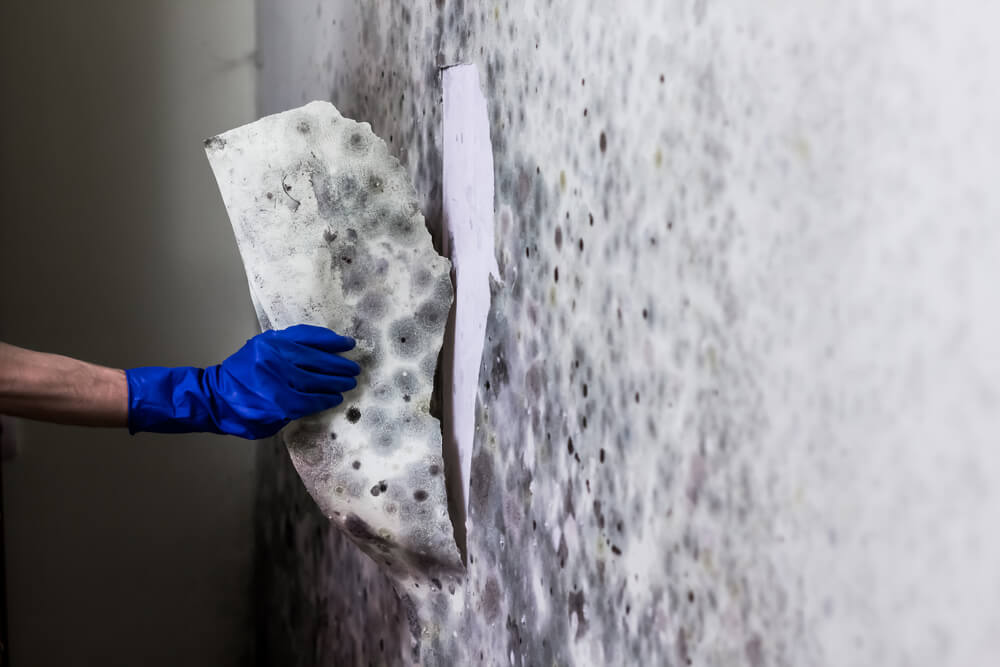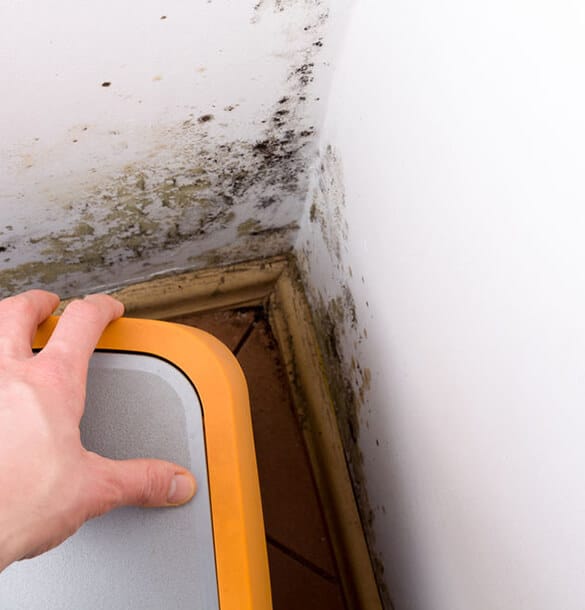Necessary Actions After Mold Remediation
Necessary Actions After Mold Remediation
Blog Article
Your Ultimate Overview to Article Mold Remediation Techniques
In the aftermath of mold problem, knowing just how to efficiently get rid of the mold and prevent its reoccurrence is paramount for keeping a healthy and balanced indoor atmosphere. From choosing the best cleansing and sanitizing techniques to carrying out approaches for long-term mold and mildew prevention, each step in the remediation trip plays a critical duty in ensuring an effective end result.
Recognizing Post-Mold Removal Refine
After finishing the mold and mildew remediation process, it is vital to understand the post-mold removal methods that are essential to ensure a detailed and effective clean-up. When the mold has actually been eliminated, the following action involves cleansing and decontaminating the influenced locations to avoid any regrowth of mold and mildew. This includes making use of specialized cleaning up agents to wipe down surface areas and eliminate any kind of remaining mold and mildew spores. It is important to dry the location totally to dissuade the growth of mold in the future (what to do after mold remediation). Appropriate ventilation and dehumidification can aid in this process.
In addition, carrying out a last inspection post-remediation is vital to ensure that all mold has been successfully removed. This evaluation must entail a complete aesthetic check in addition to possibly air tasting to validate the absence of mold and mildew spores in the air. If the assessment reveals any sticking around mold and mildew, added removal might be required. Finally, informing owners on precautionary procedures such as controlling dampness degrees and immediately attending to any water leakages can aid keep a mold-free environment.
Effective Cleaning and Sanitizing Approaches

Protecting Against Future Mold And Mildew Growth

Value of Appropriate Ventilation
Correct ventilation plays a vital function in protecting against dampness accumulation, a crucial consider mold and mildew growth within interior atmospheres. Effective air flow systems aid eliminate excess humidity from the air, reducing the possibilities of mold spores discovering the moisture they require to germinate and spread out. Without sufficient ventilation, interior rooms can become a breeding place for mold and mildew, resulting in potential wellness dangers and architectural damage.
By making sure appropriate air blood circulation, air flow systems can additionally help in drying out damp locations faster after water damages or flooding cases, further hindering mold development. Post Mold Remediation. Precede like shower rooms, attic rooms, cellars, and cooking areas where moisture degrees have a tendency to be higher, mounting and keeping reliable ventilation systems is critical in preventing mold infestations

Monitoring and Upkeep Tips
Given the vital function that appropriate air flow plays in protecting against mold and mildew development, it is essential to establish effective monitoring and upkeep tips to guarantee the continued functionality of ventilation systems. Monitoring moisture degrees within the property is also important, as high humidity can contribute to mold and mildew development. By remaining aggressive and alert to the problem of air flow systems, residential property owners can efficiently reduce the threat of mold and mildew regrowth and keep a healthy and balanced indoor environment.
Conclusion
In verdict, post-mold removal methods are vital for guaranteeing a safe and clean setting. Comprehending the process, applying efficient cleaning and decontaminating approaches, avoiding future mold and mildew growth, maintaining correct ventilation, and regular surveillance are all vital action in the removal process. By adhering to these guidelines, you can efficiently get rid of mold and mildew and avoid its return, promoting a healthy and balanced living or working area for all occupants.
In the results of mold problem, understanding exactly how to efficiently get rid of the mold and stop its reoccurrence is critical for keeping a healthy and balanced indoor setting. When the mold and mildew has been gotten rid of, the next step entails cleansing and sanitizing the impacted locations to avoid any kind of regrowth of mold and mildew - what to do after mold remediation. After removing noticeable mold and mildew development, it is important to cleanse all surface areas in the affected their explanation location to remove any continuing to be mold and mildew spores. To better improve mold and mildew avoidance steps, it is investigate this site essential to attend to underlying issues that at first led to mold and mildew development.Provided the important role that correct ventilation plays in stopping mold and mildew development, it is important to develop reliable surveillance and upkeep tips to guarantee the ongoing functionality of ventilation systems
Report this page